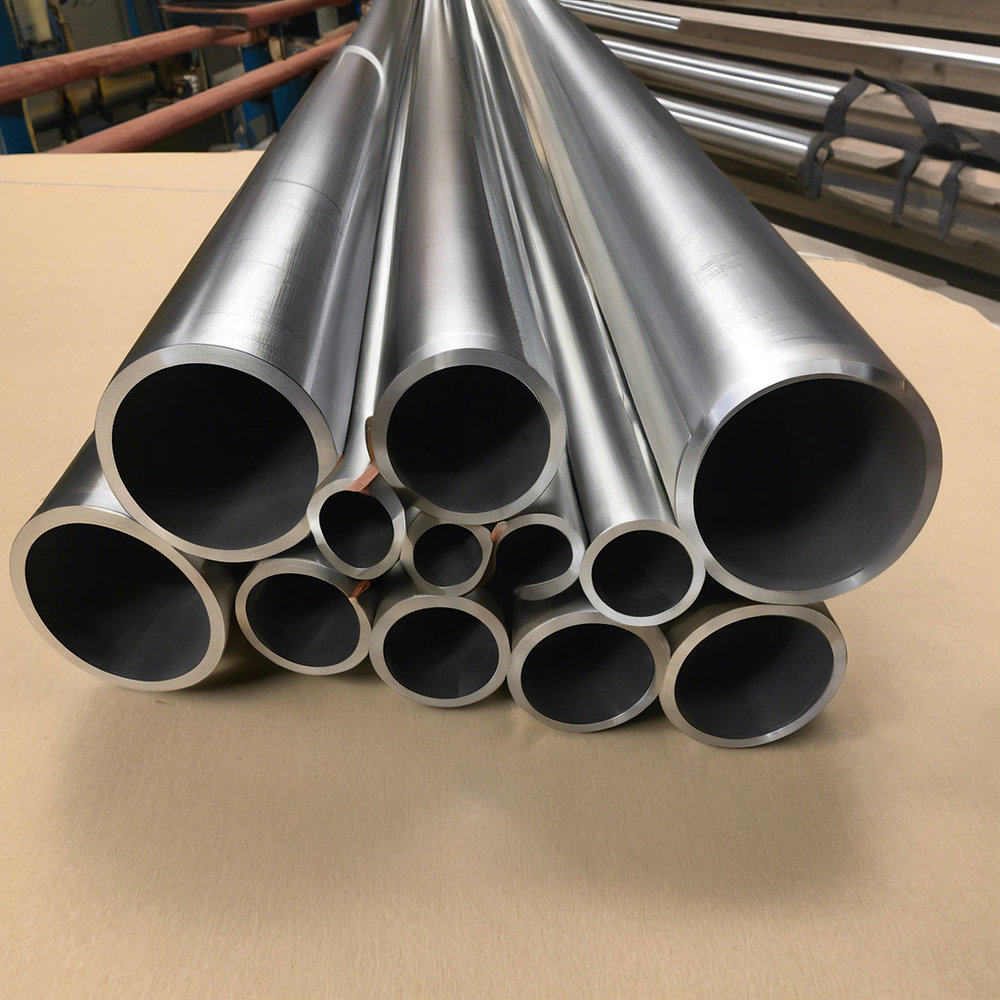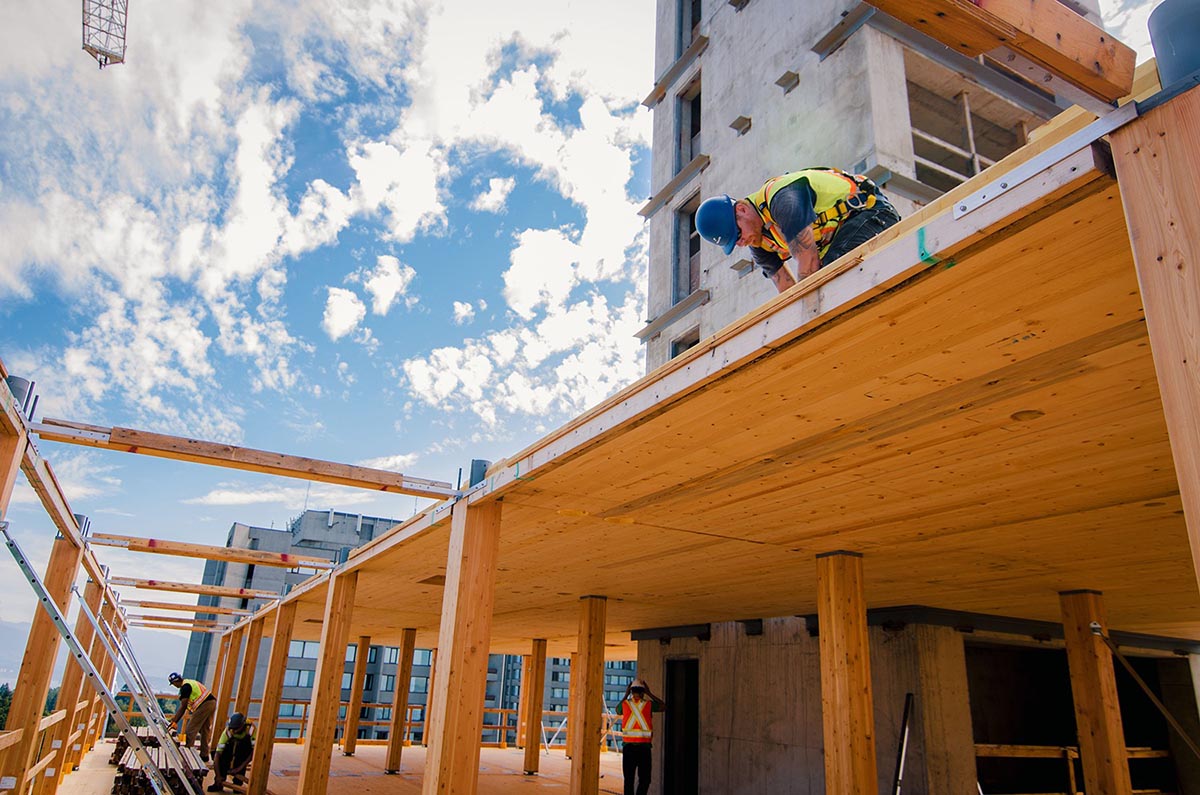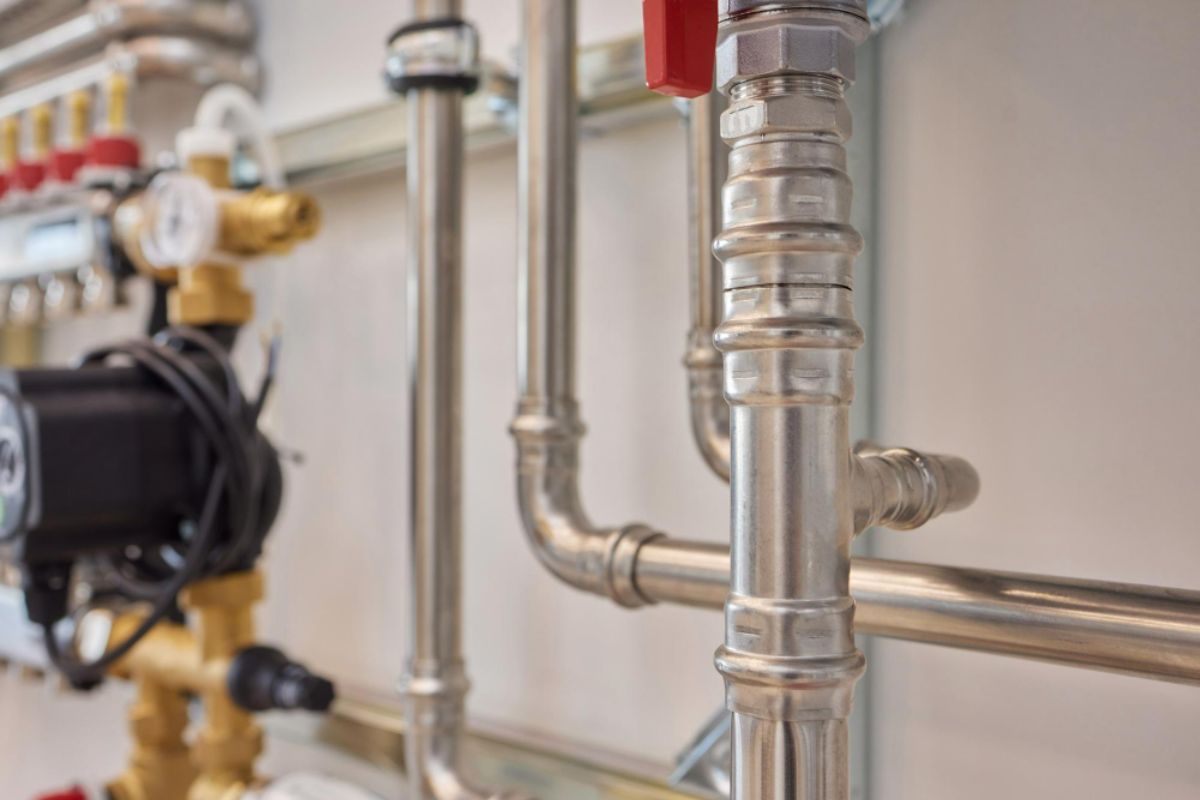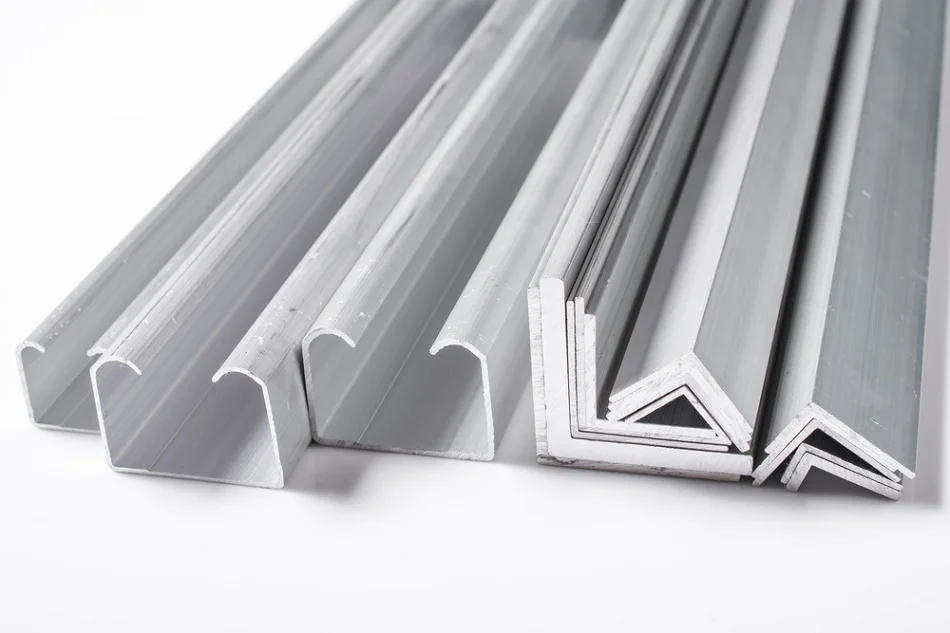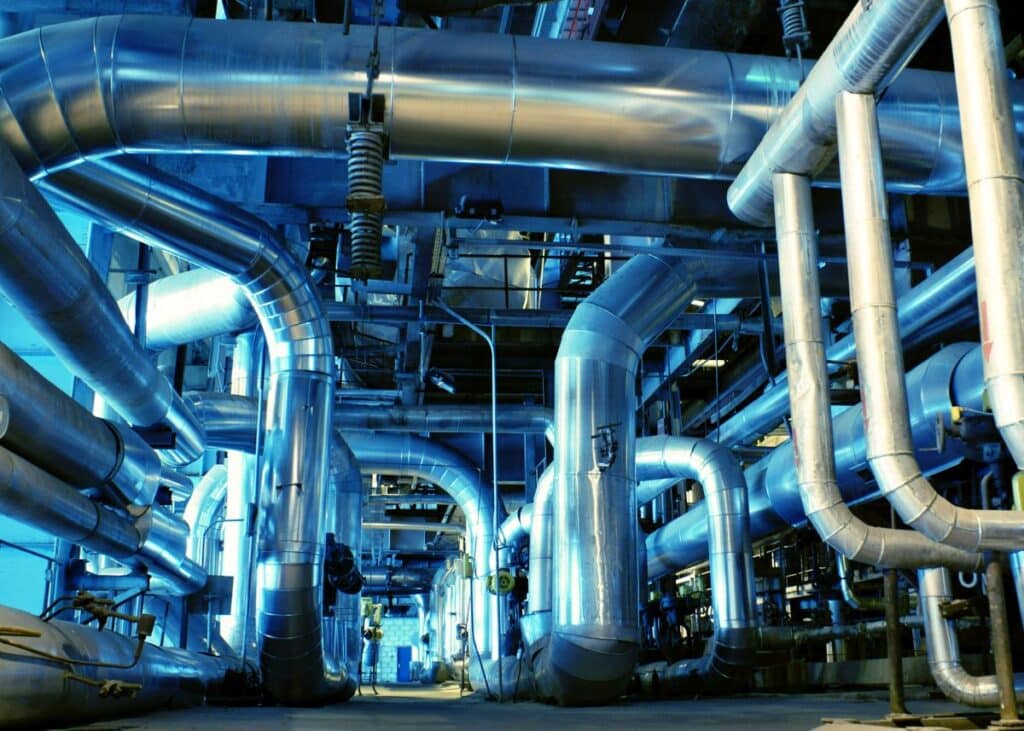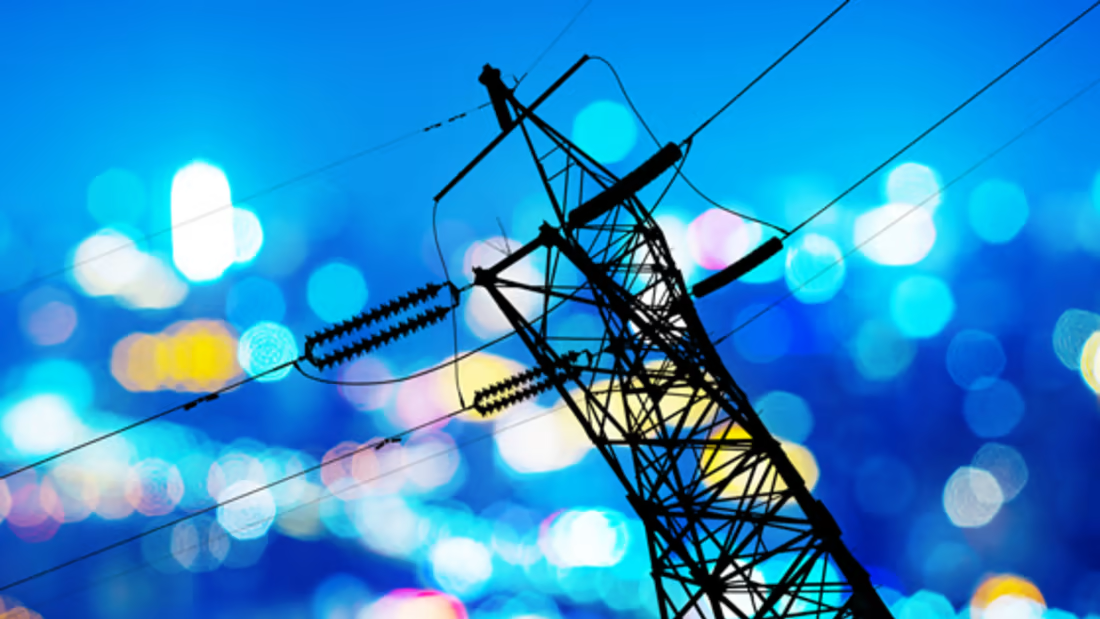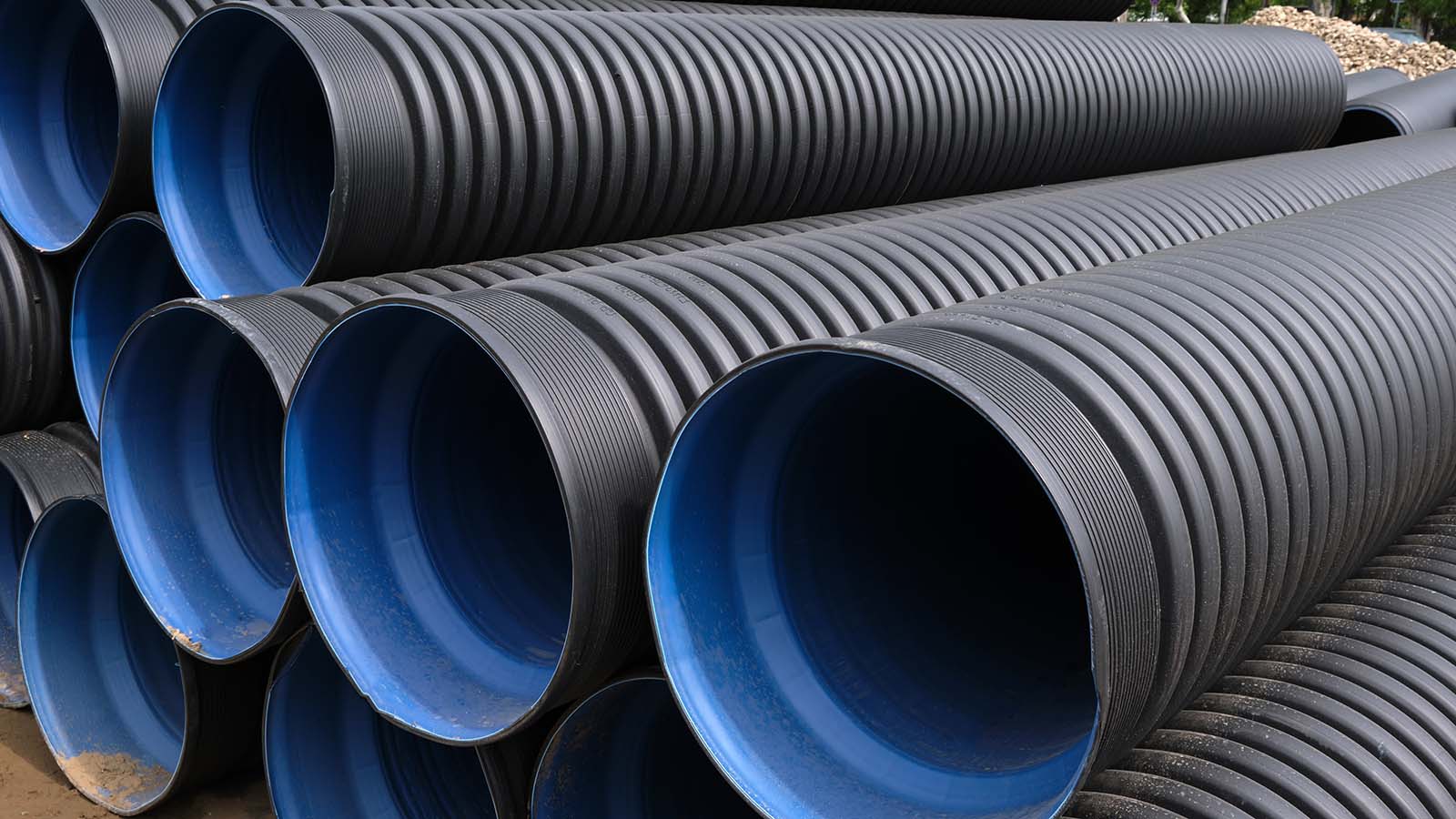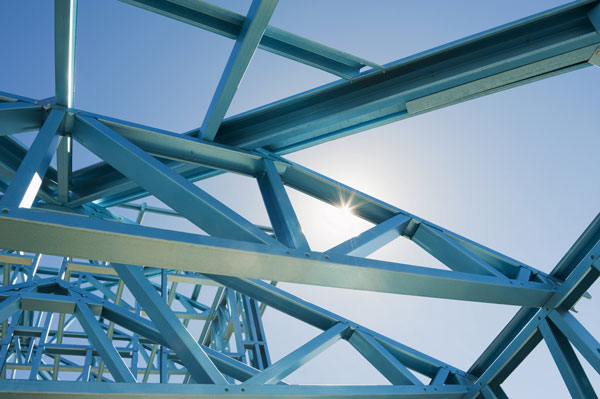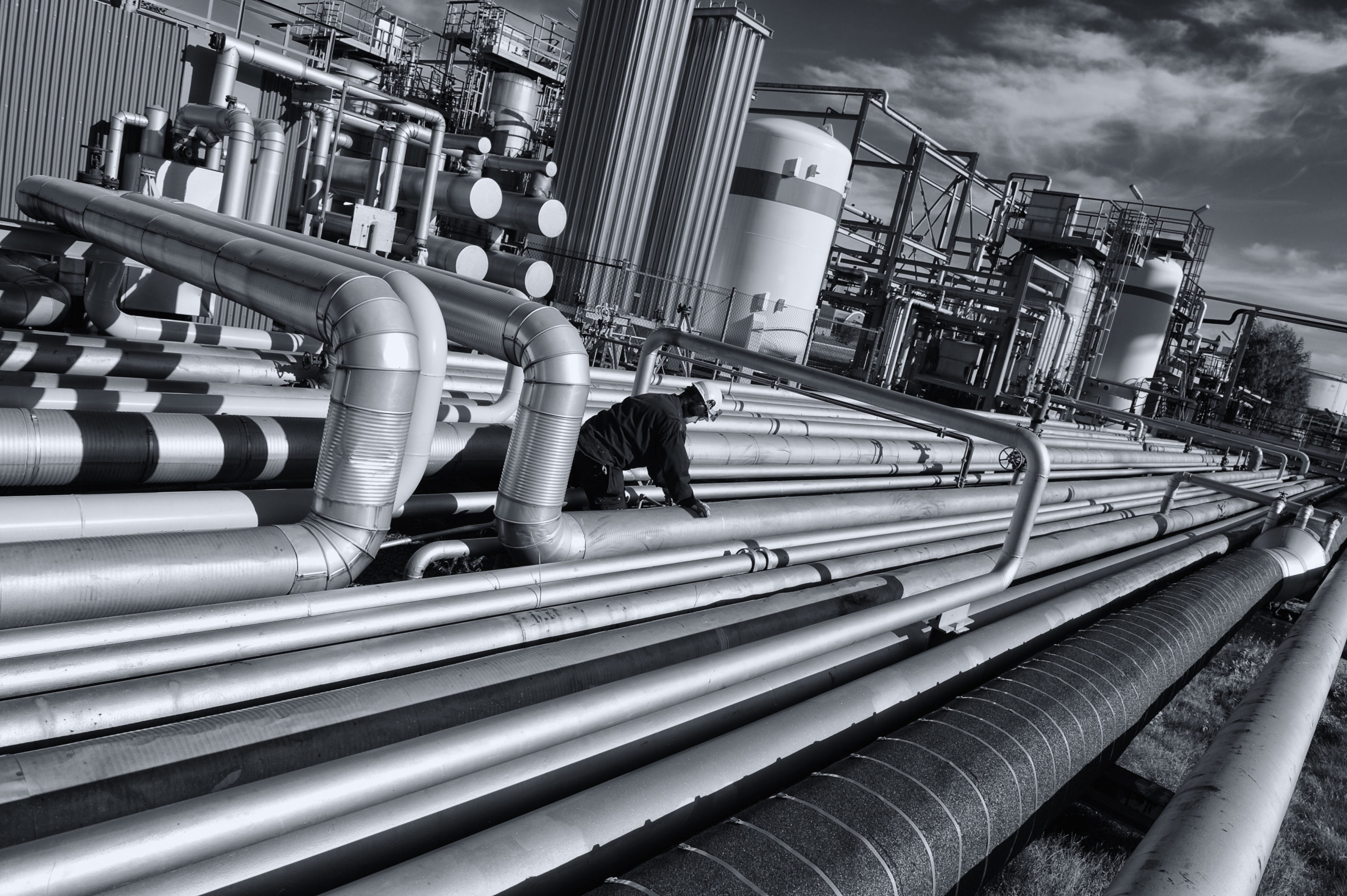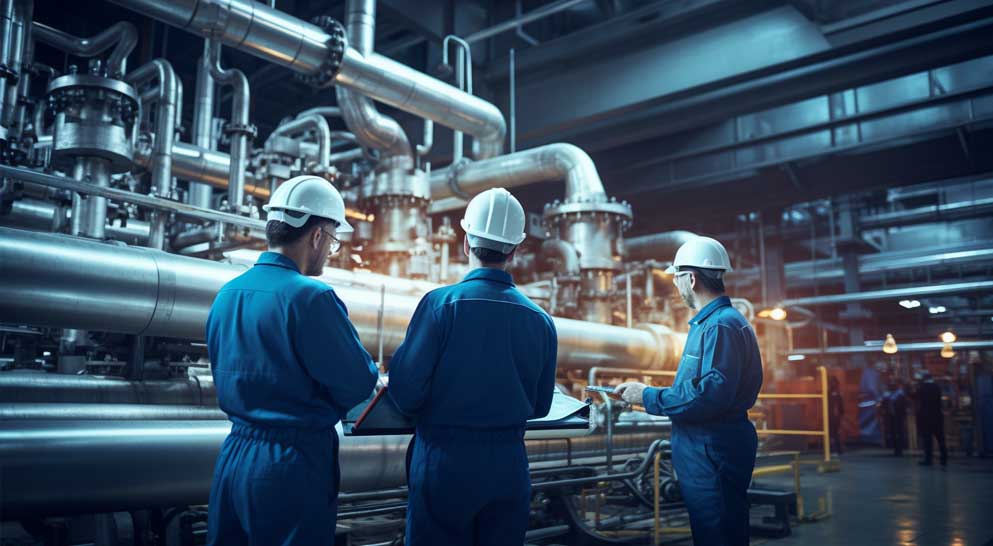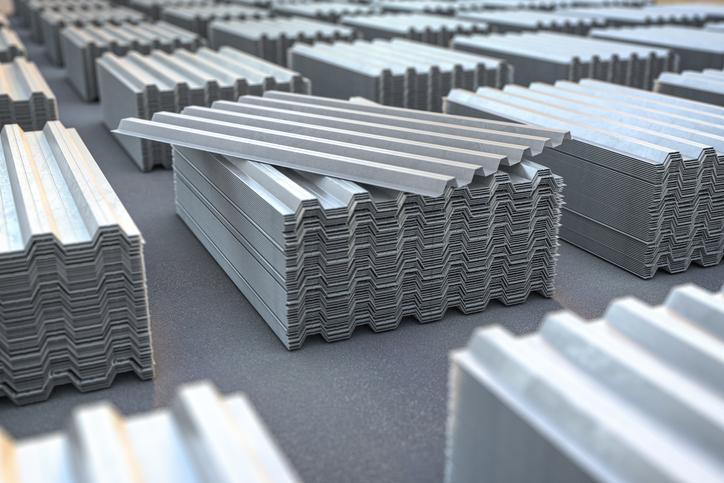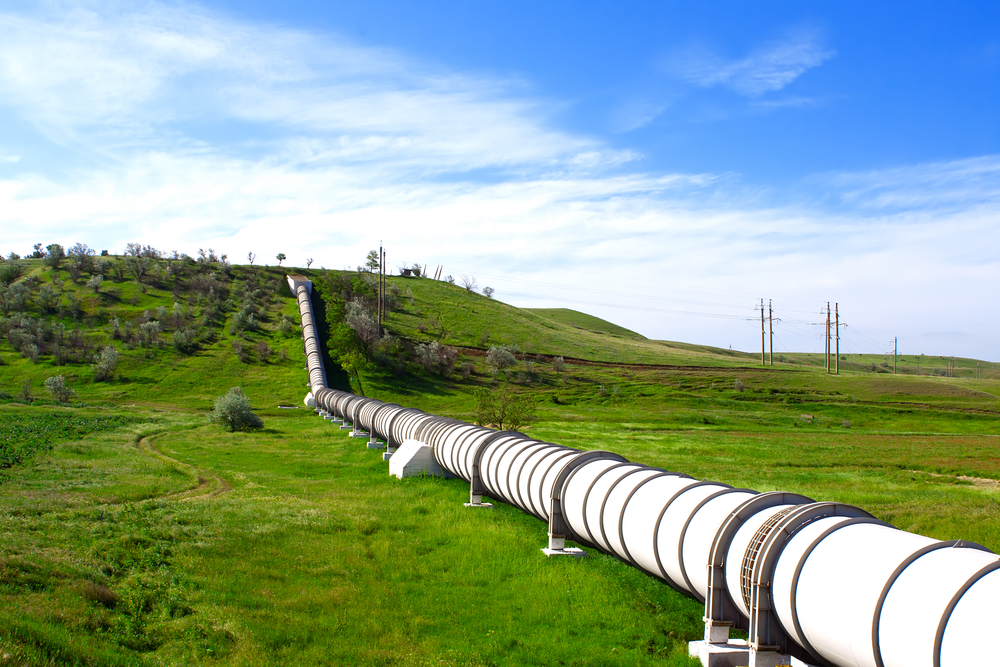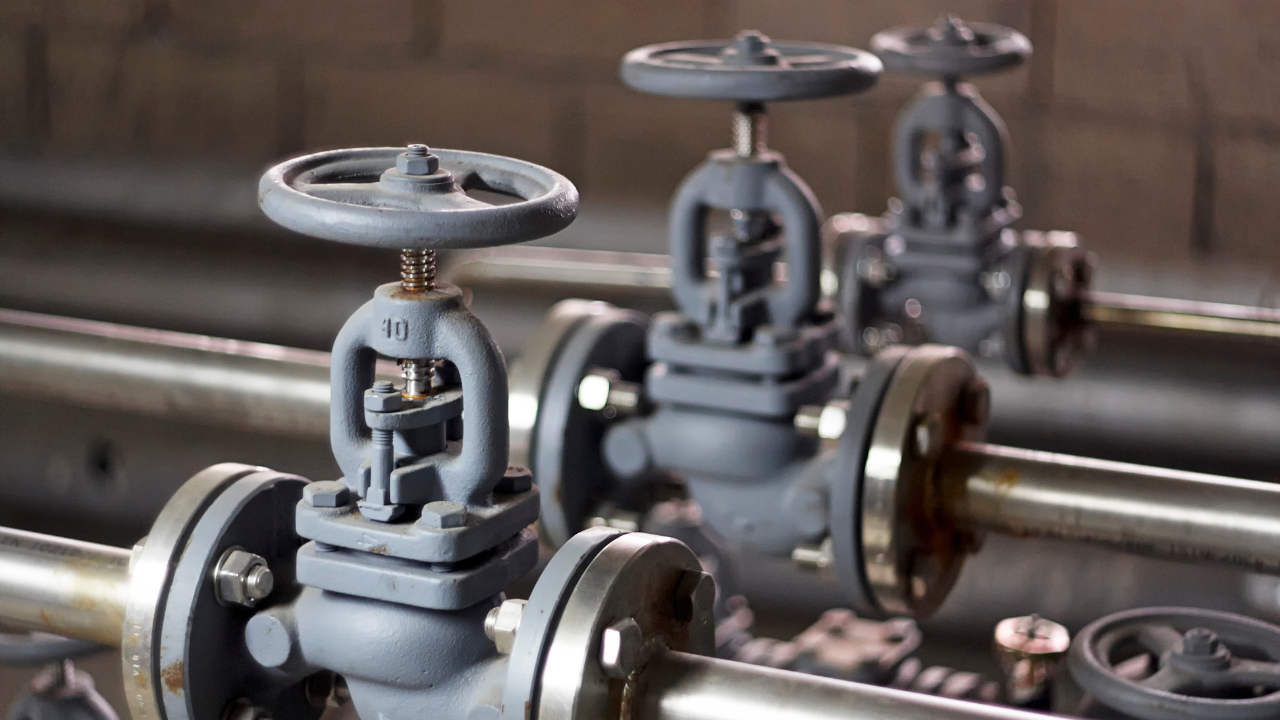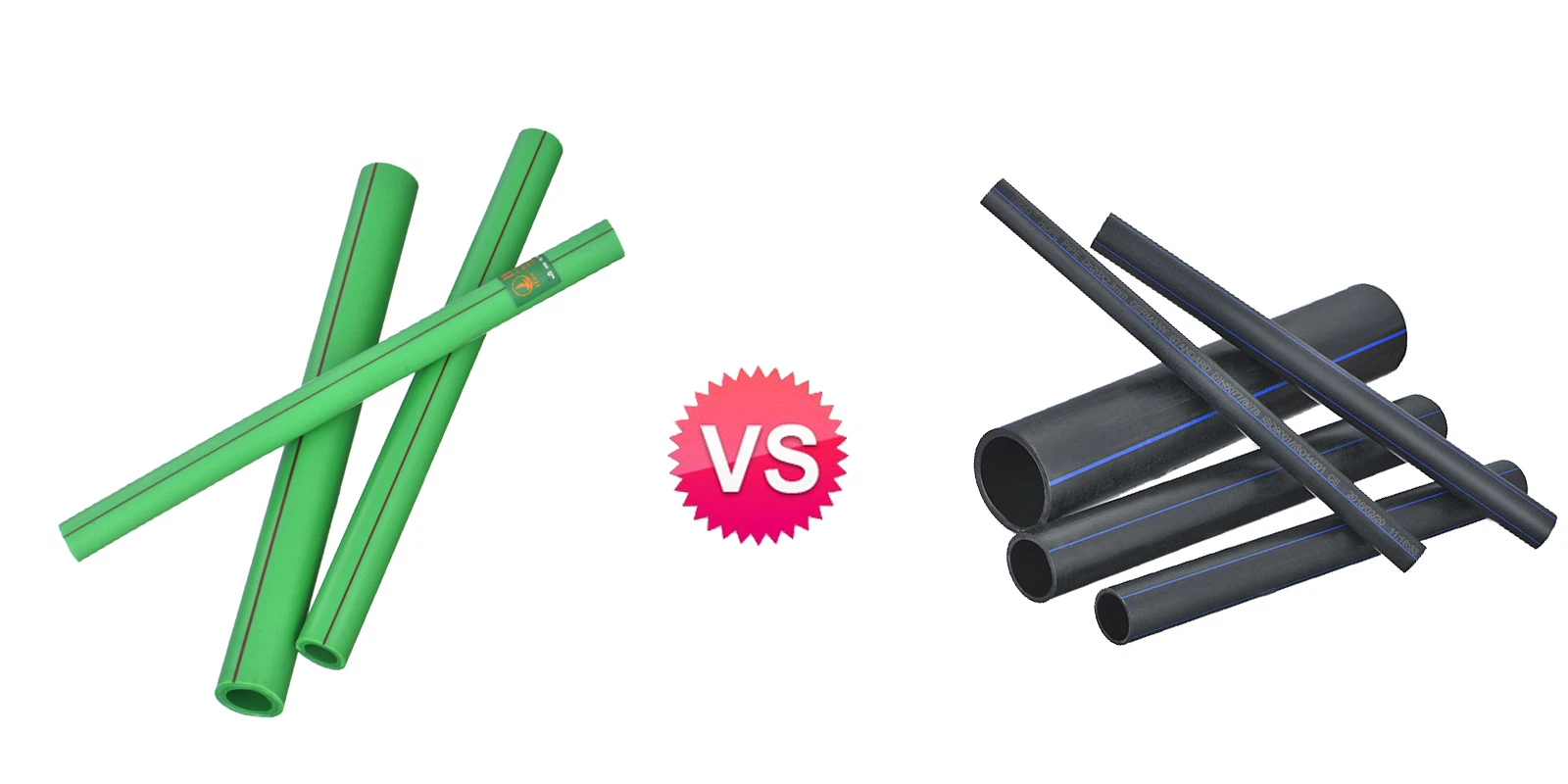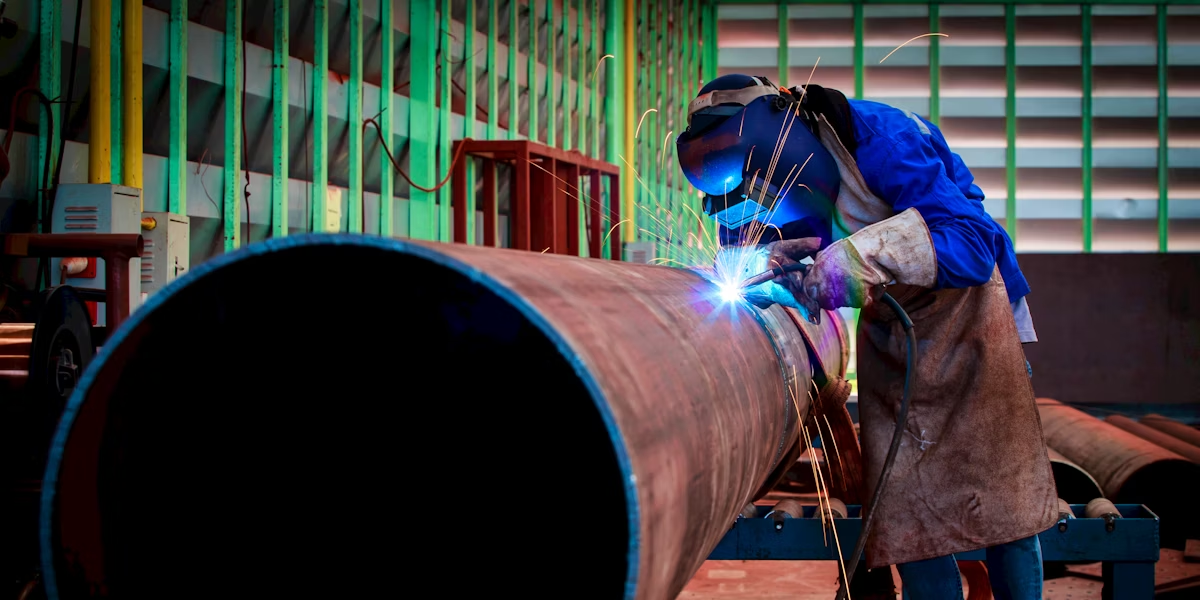
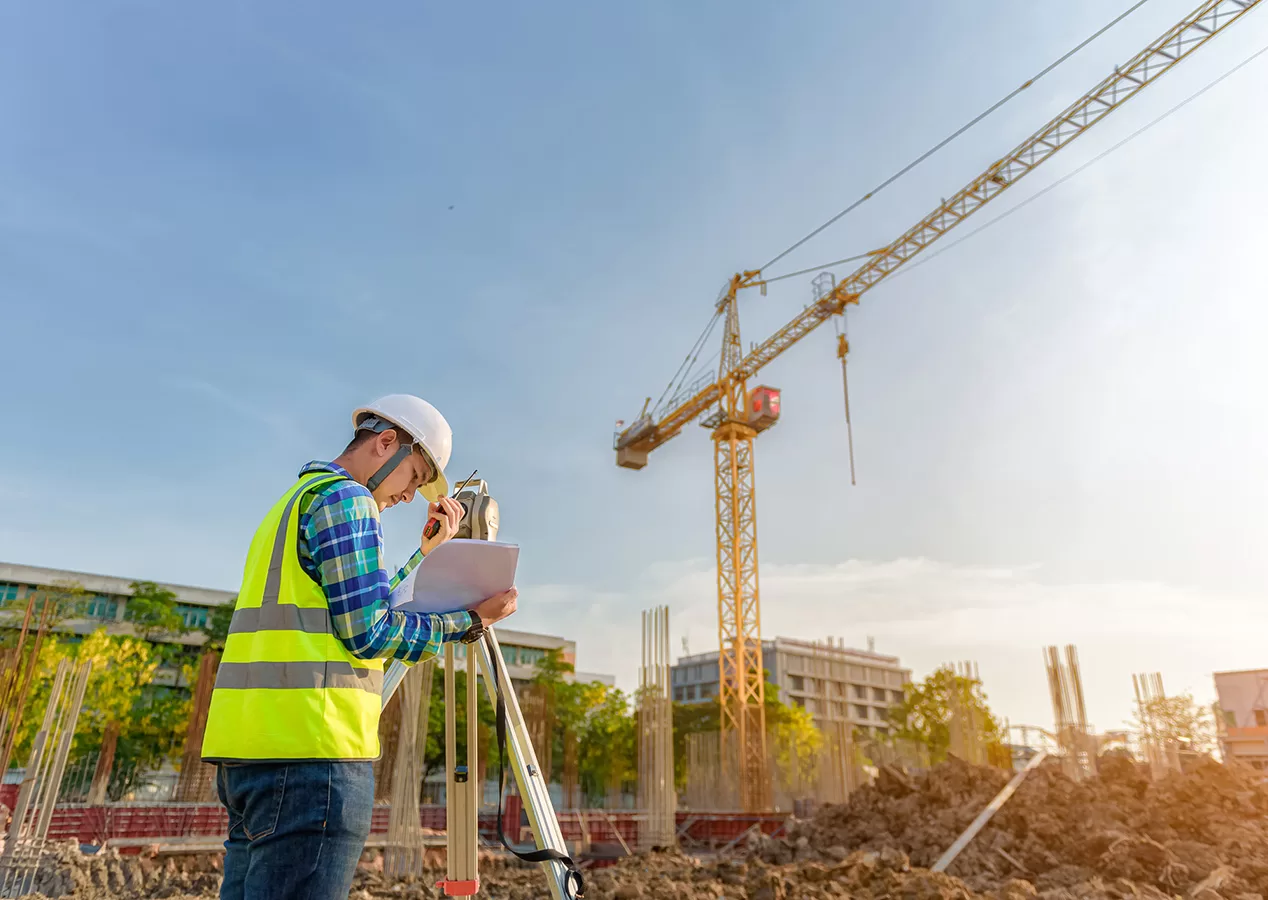
Why is it important for the superstructure and infrastructure to work in harmony in construction projects?
The success of a construction project does not only depend on the quality of the materials used and the details of workmanship. At the same time, the harmony between the superstructure (the external structure of the structure) and the infrastructure (the supporting and service infrastructures of the structure) is also a critical factor. The harmonious operation of these two components is extremely important in terms of the safety, efficiency and longevity of the structure.
In order to understand why the harmonious operation of the superstructure and infrastructure is so important, we can touch on the following basic points:
1. Structural Integrity and Durability: The harmony of the superstructure and infrastructure systems of the structure increases the overall durability of the structure. Especially in heavy-load-bearing structures and earthquake-resistant buildings, the coordination between the superstructure and the infrastructure is of great importance. For example, the infrastructure elements placed on the foundation allow the superstructure to rise safely. If the infrastructure is not installed correctly, the superstructure cannot carry the correct load and the integrity of the structure may be damaged. Structural Integrity and Durability:
2. Integrated Operation of Internal and External Systems: The infrastructure carries the functional systems of the structures; the infrastructure, which includes important lines such as water, electricity and natural gas, must be compatible with the superstructure. Thanks to this integration, water pipes, power lines or sewage systems can be placed in accordance with the superstructure. Correct integration between the infrastructure and the superstructure ensures that these systems operate efficiently and have a long service life.
3. Efficient Energy Use: The harmony between the superstructure and the infrastructure is also important in terms of energy efficiency. Especially in sustainable buildings, the transition points between the infrastructure systems (heating, cooling, water installation) and the superstructure must be designed correctly in order to minimize energy consumption. This harmony prevents heat losses and ensures that the structures consume less energy.
4. Cost and Time Savings: Incompatibility between the infrastructure and the superstructure in construction projects can lead to additional costs and loss of time. When this harmony is not provided in the appropriate planning and design stages, many problems may arise in the following processes. For example, incorrect placement of infrastructure lines may cause re-excavation or new connections to be established while the superstructure is being built. This both increases costs and extends the project period.
5. Soil and Foundation Suitability: The infrastructure must be compatible, especially with the foundation and the ground. If the foundation is solid and properly structured, the superstructure can be built more safely. In cases where the ground is not solid, infrastructure systems should be strengthened and appropriate building materials should be used. In this way, the superstructure is built safely.
6. Future Maintenance and Repair: The harmony between the superstructure and the infrastructure facilitates the maintenance and repair of the building. When the infrastructure is placed in harmony with the superstructure, future maintenance operations will be faster and less costly. Correct placement of the systems also facilitates the detection and elimination of possible faults.
7. Environmental Factors and Durability: The effect of environmental conditions on the structure should also be taken into account. The infrastructure should be designed to withstand environmental factors such as groundwater levels and soil structure. The superstructure should be durable without being affected by these environmental factors. The harmonious operation of both systems increases the durability of the structure against environmental factors.
The harmony between the superstructure and the infrastructure is a fundamental element for the success of a structure. In order for the structure to be safe, efficient and durable, both systems must be integrated correctly. Thanks to this harmony, projects can be completed more efficiently and require less maintenance in the long run.
Let You Be the First to Know about Our News and Announcements.
Your Email Address


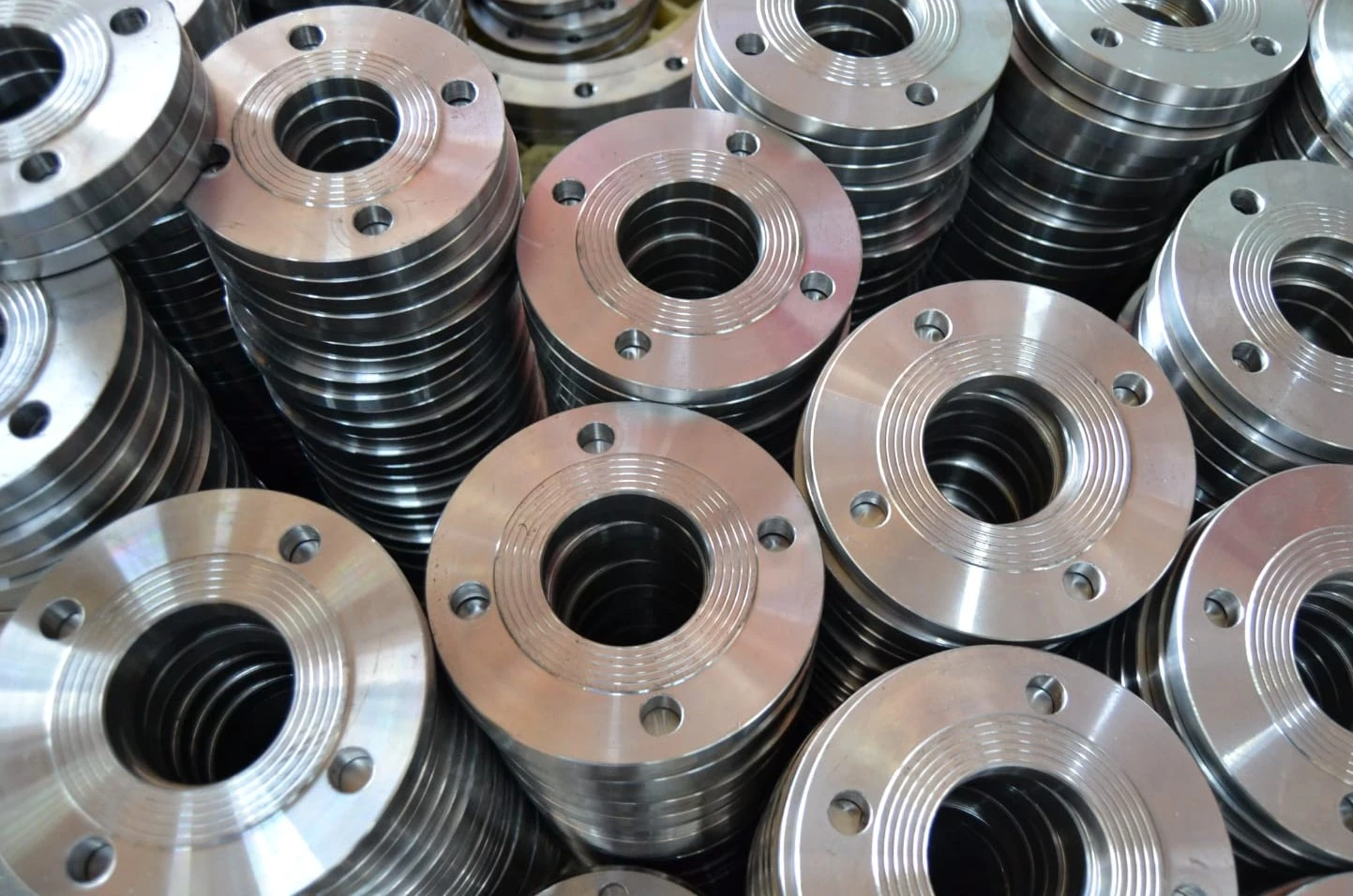

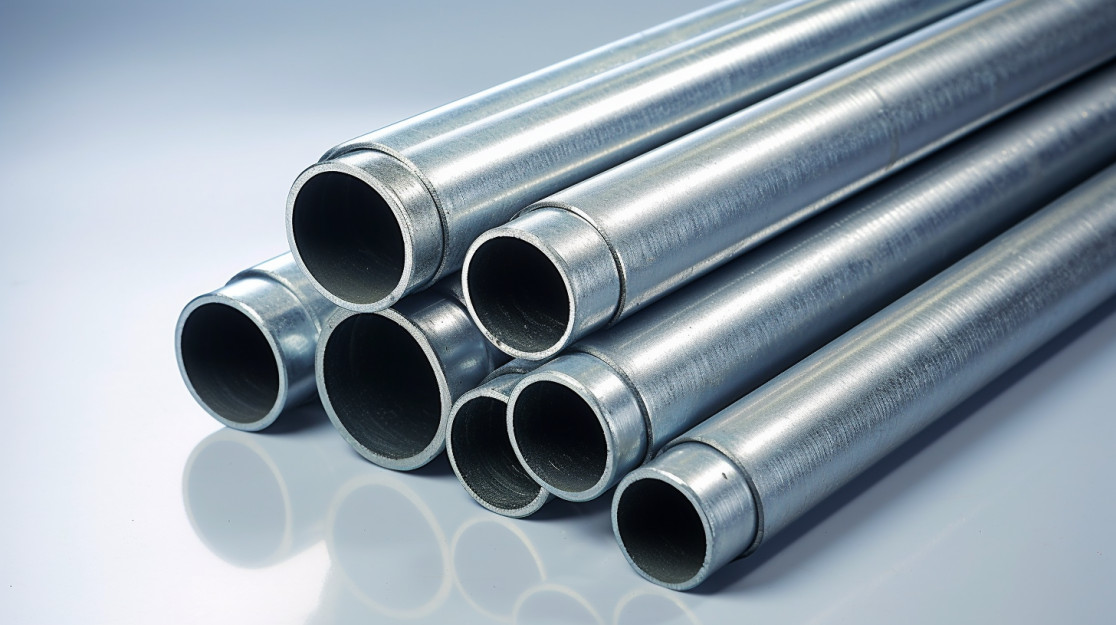
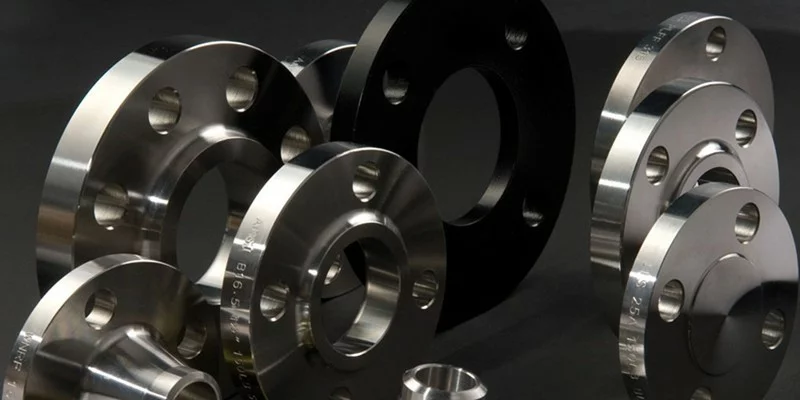
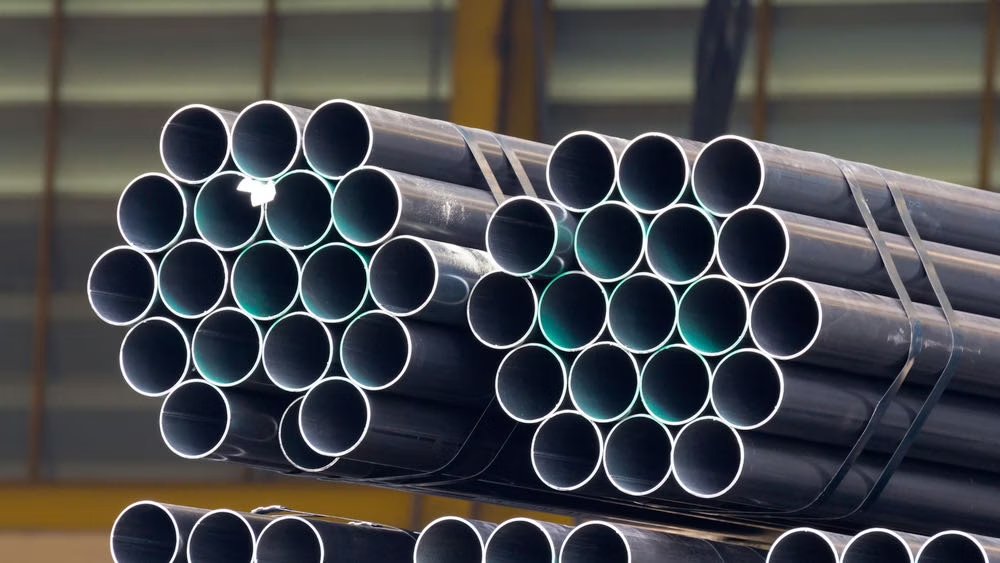

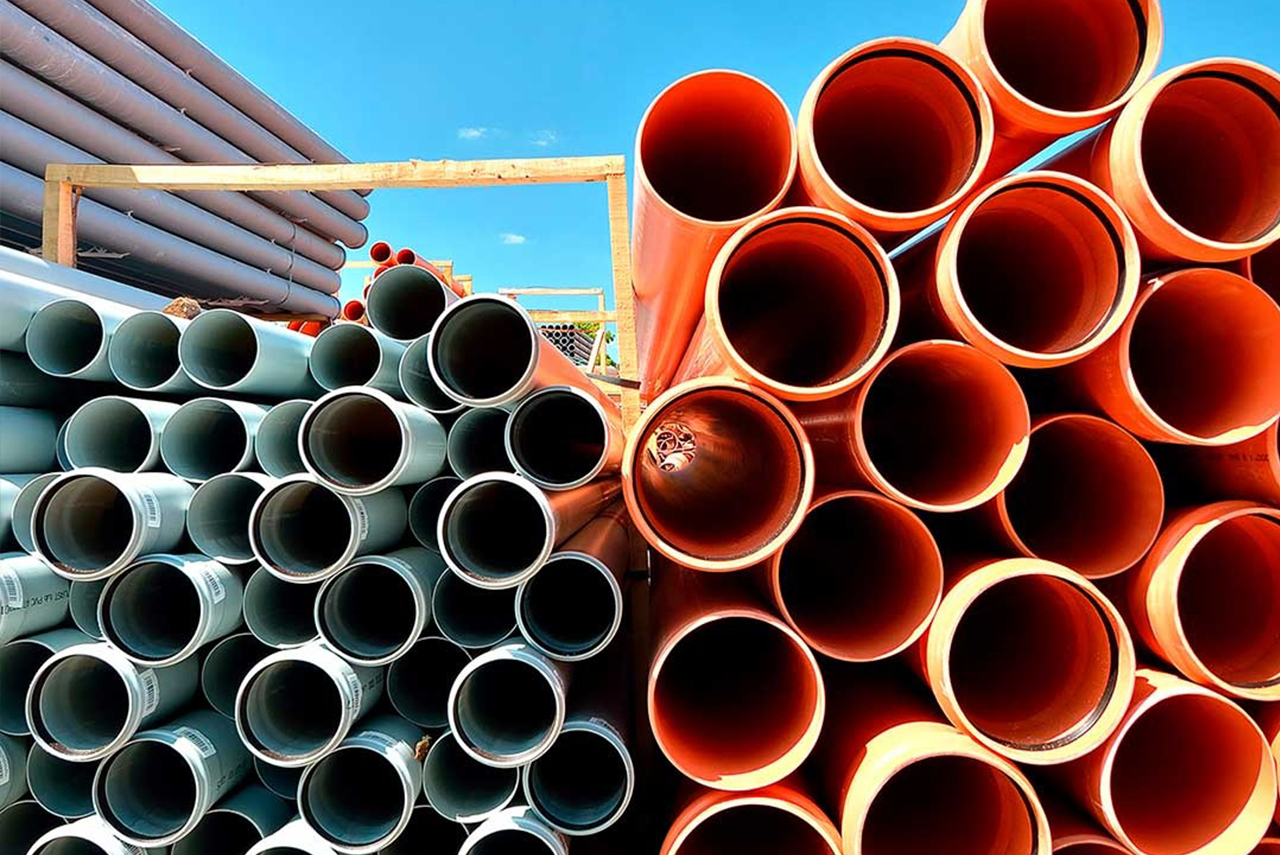

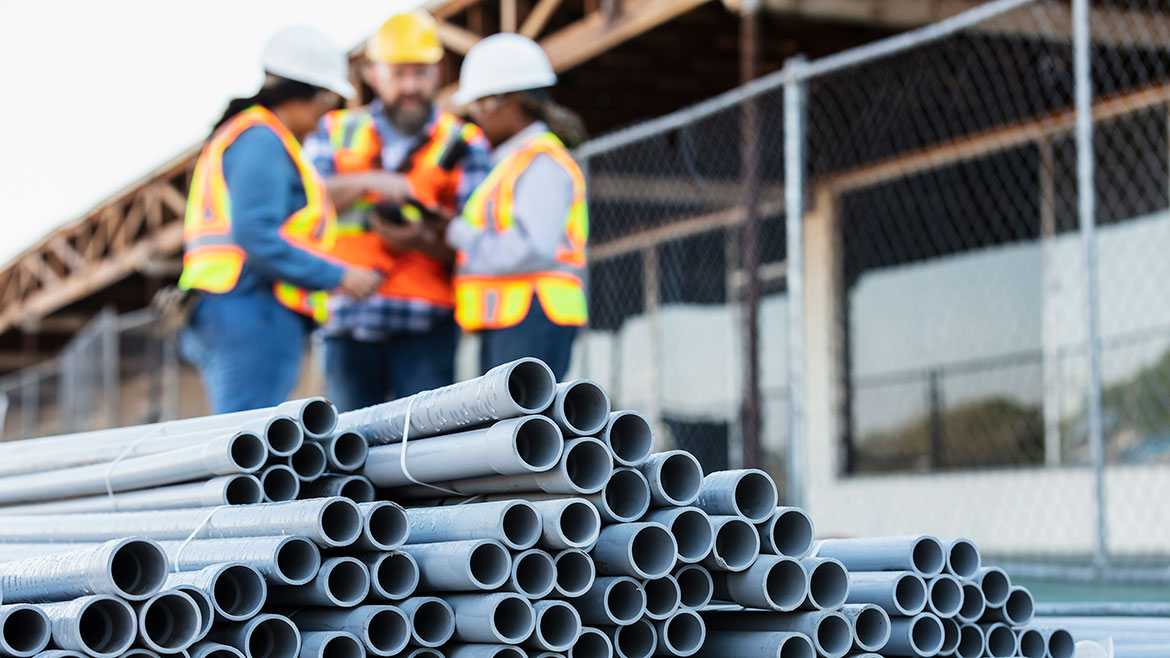

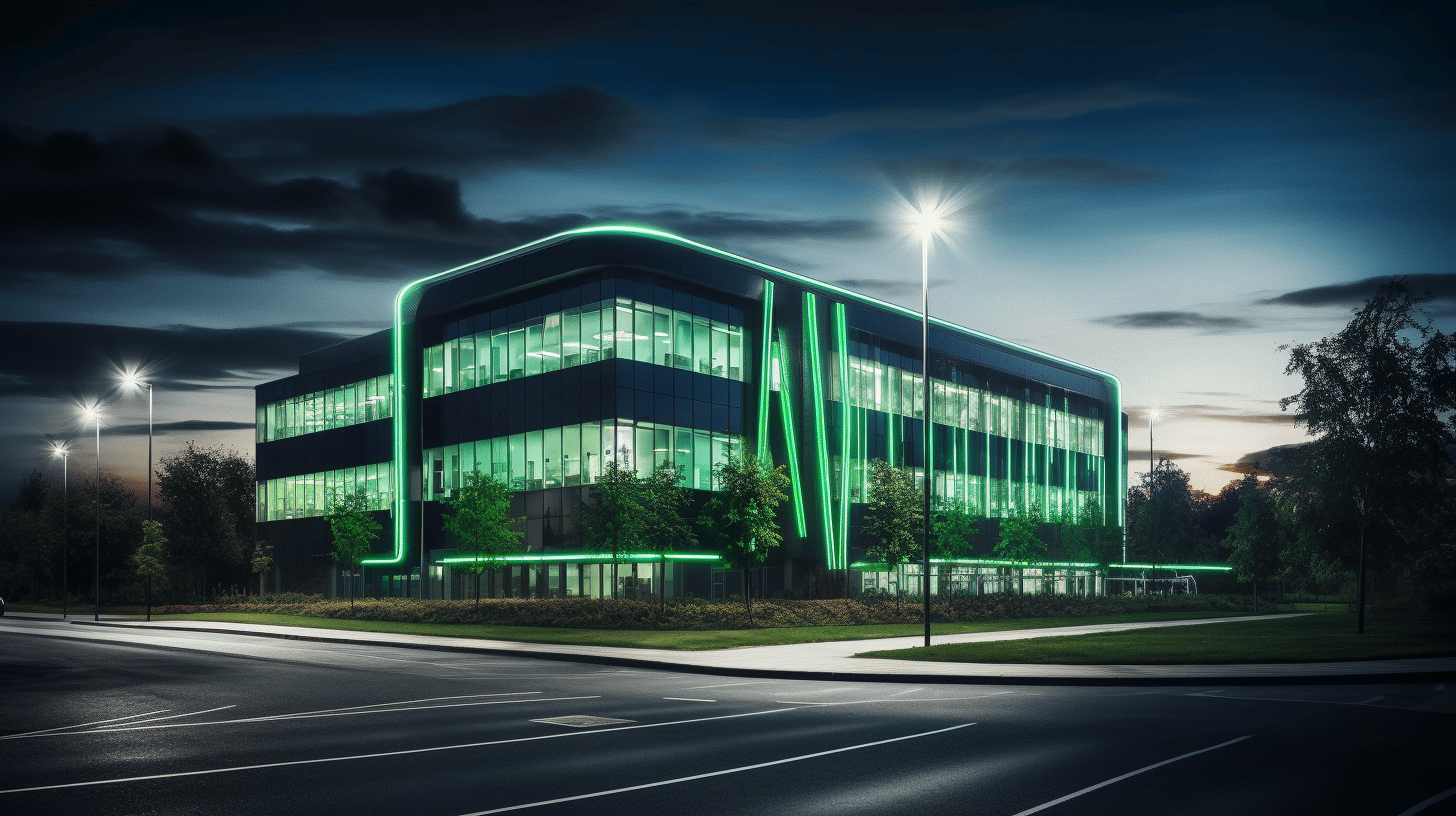
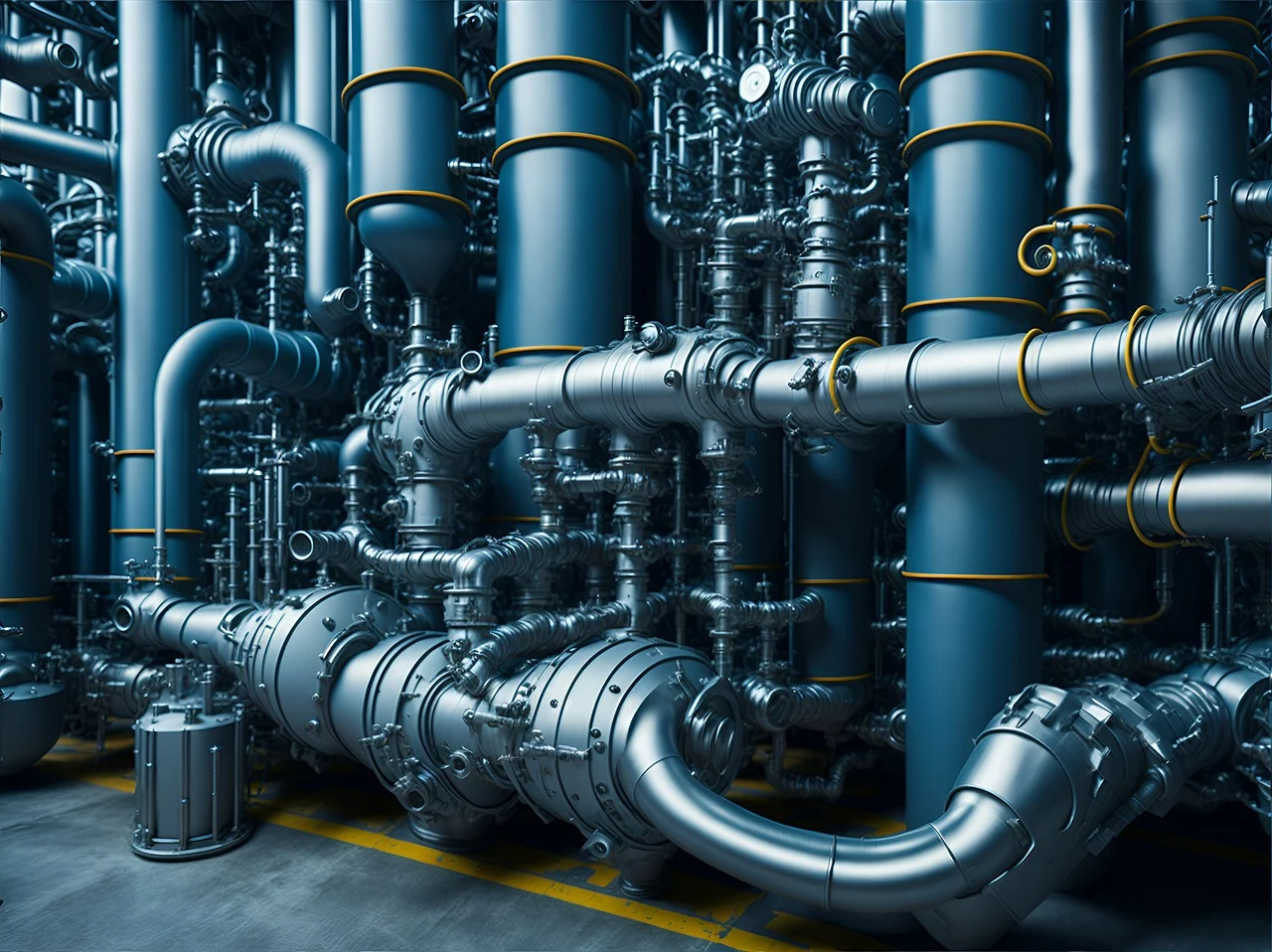
.jpg)
